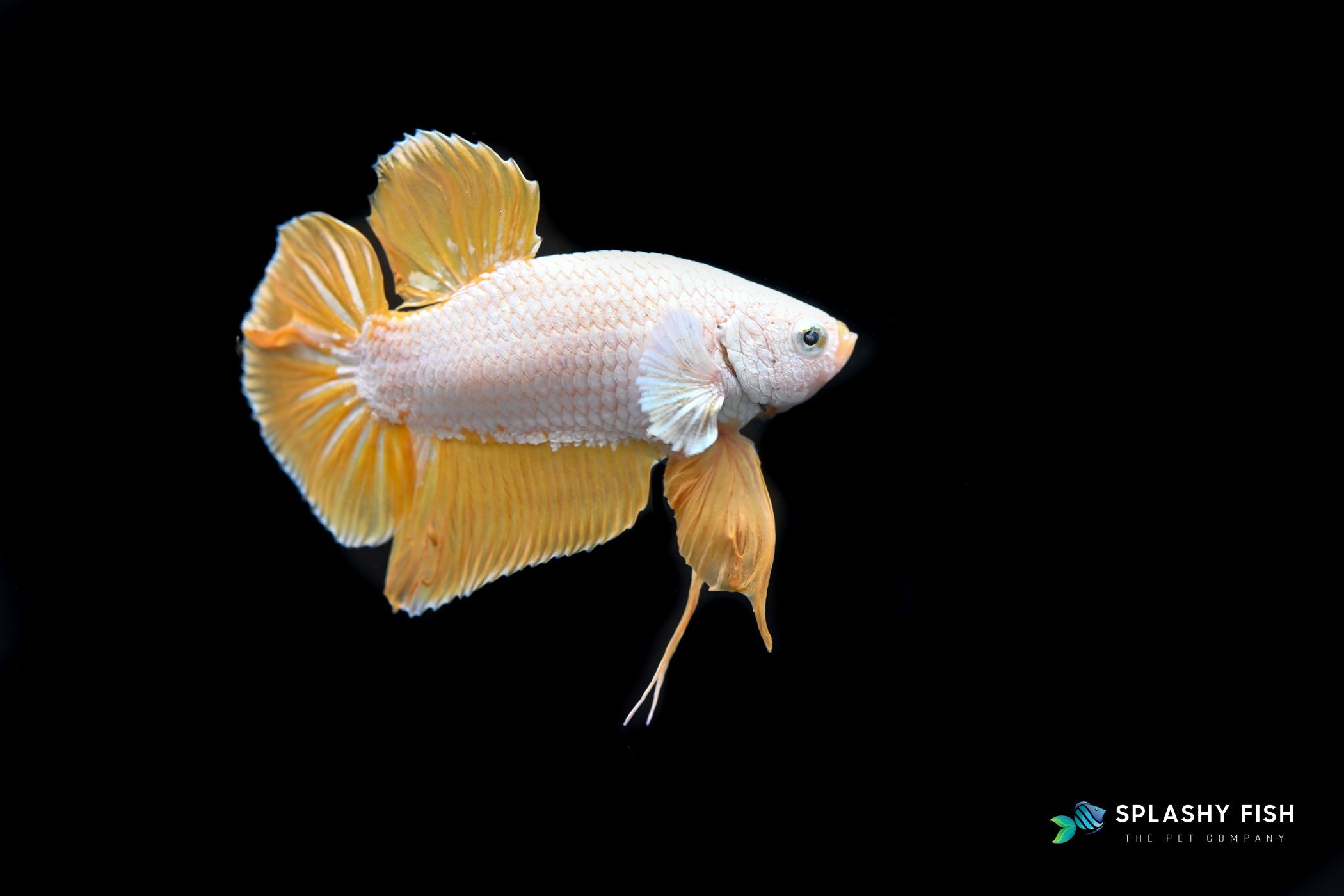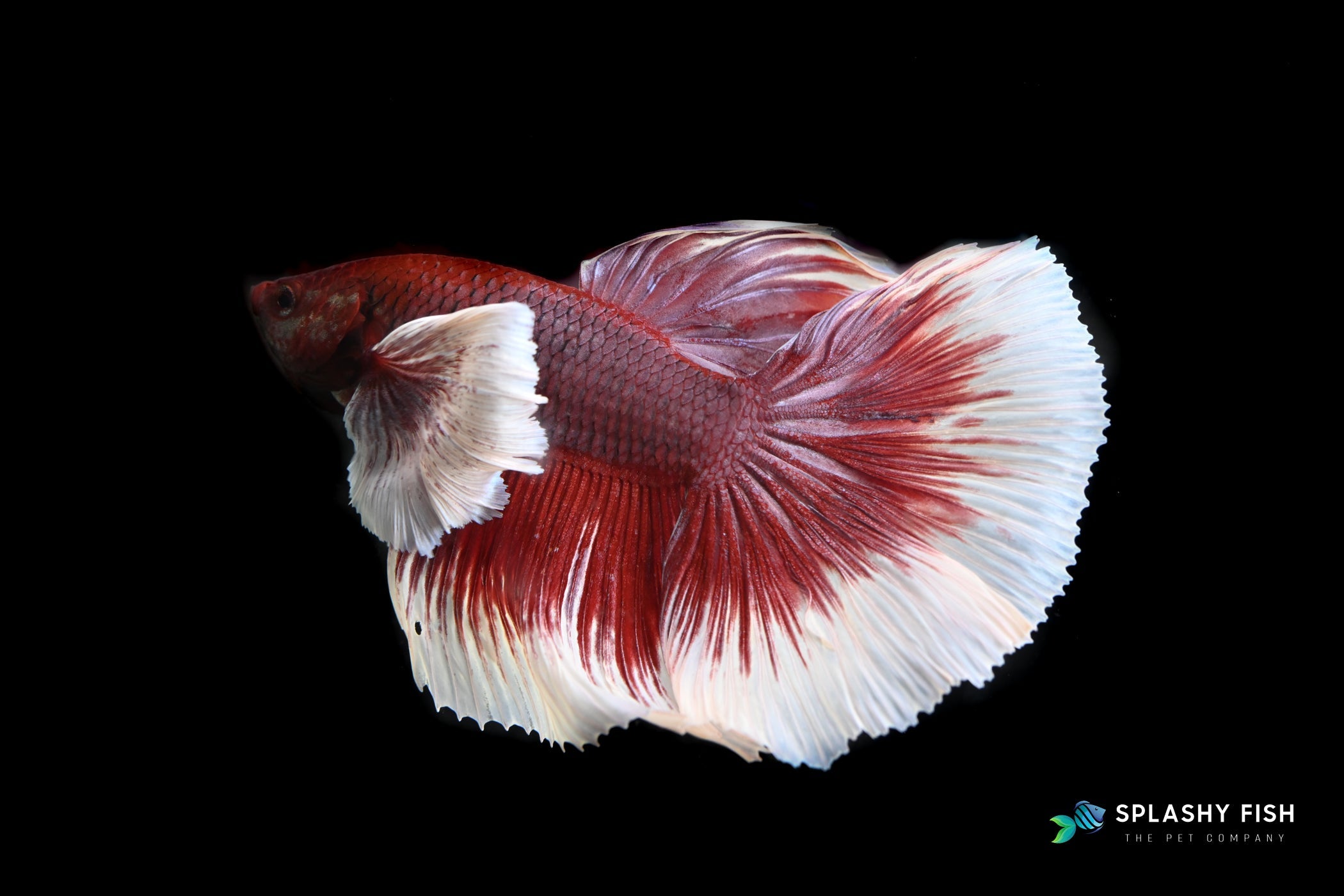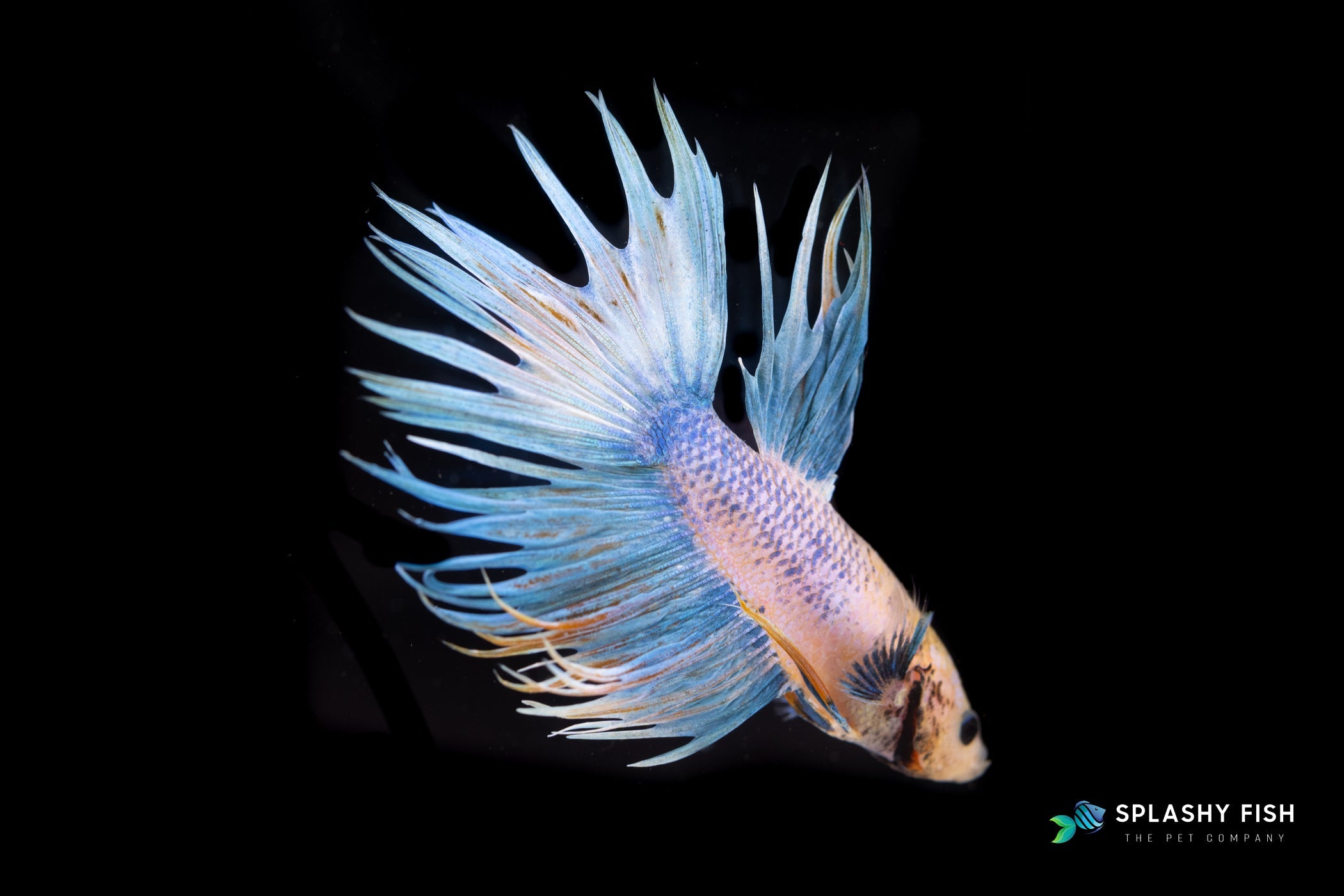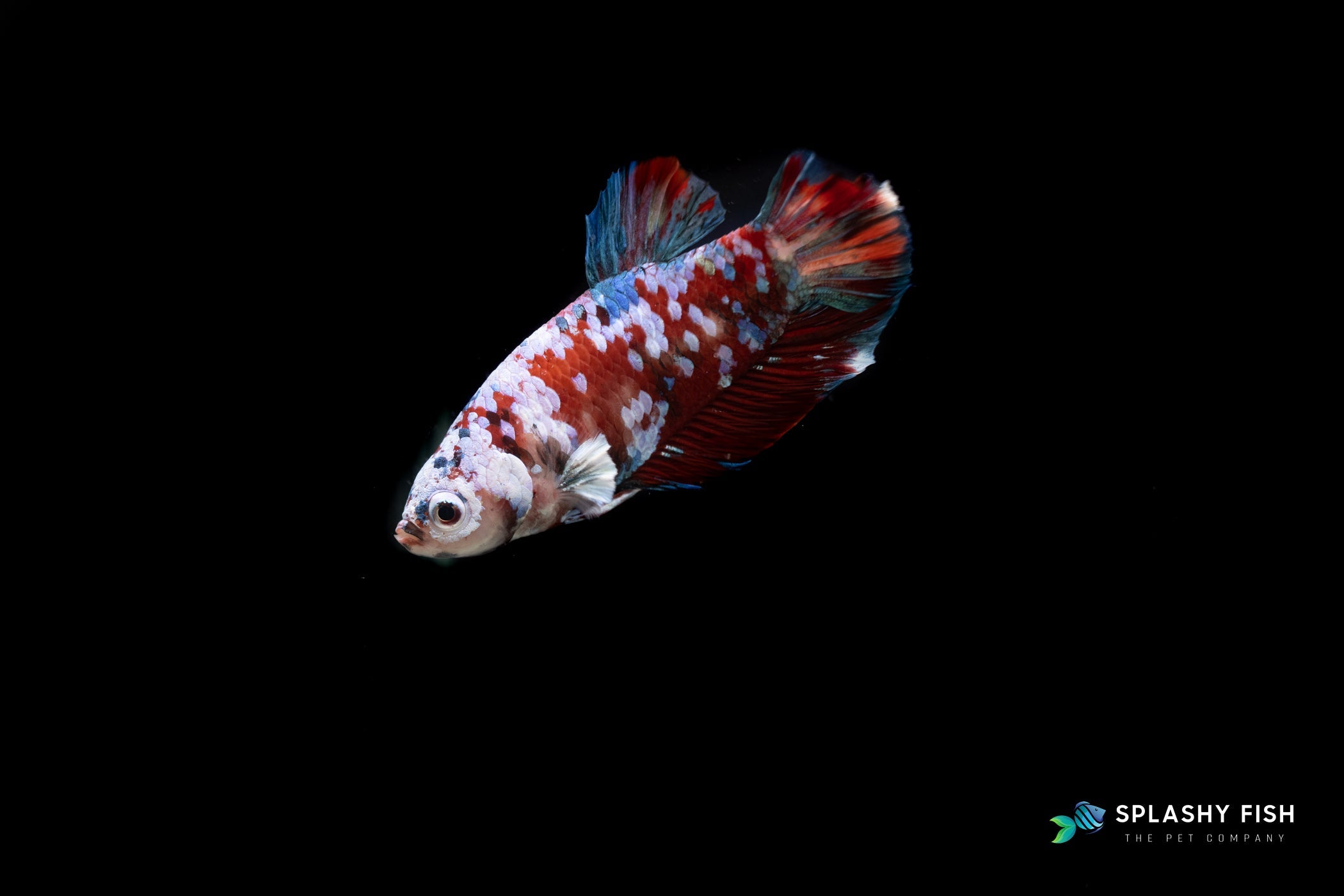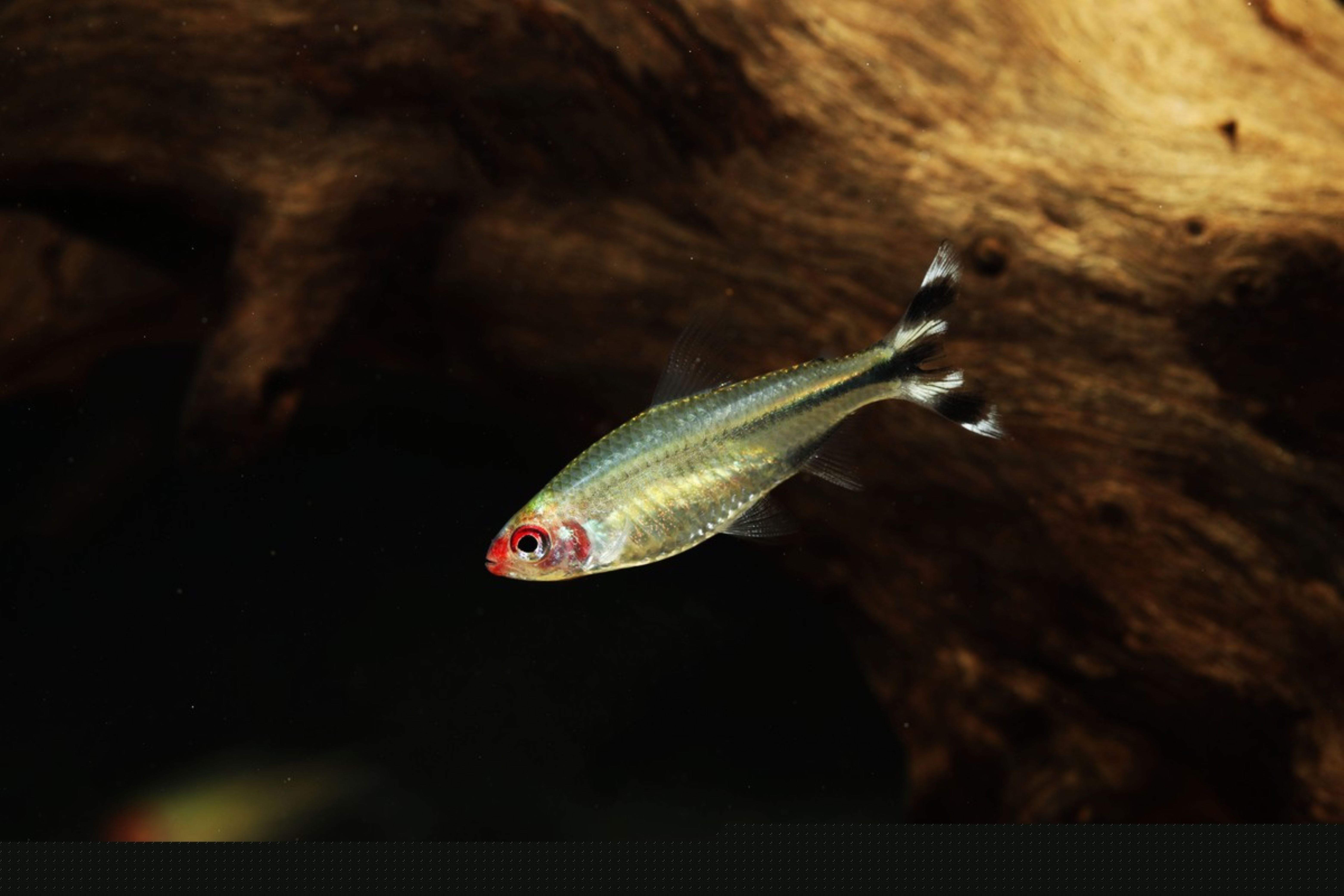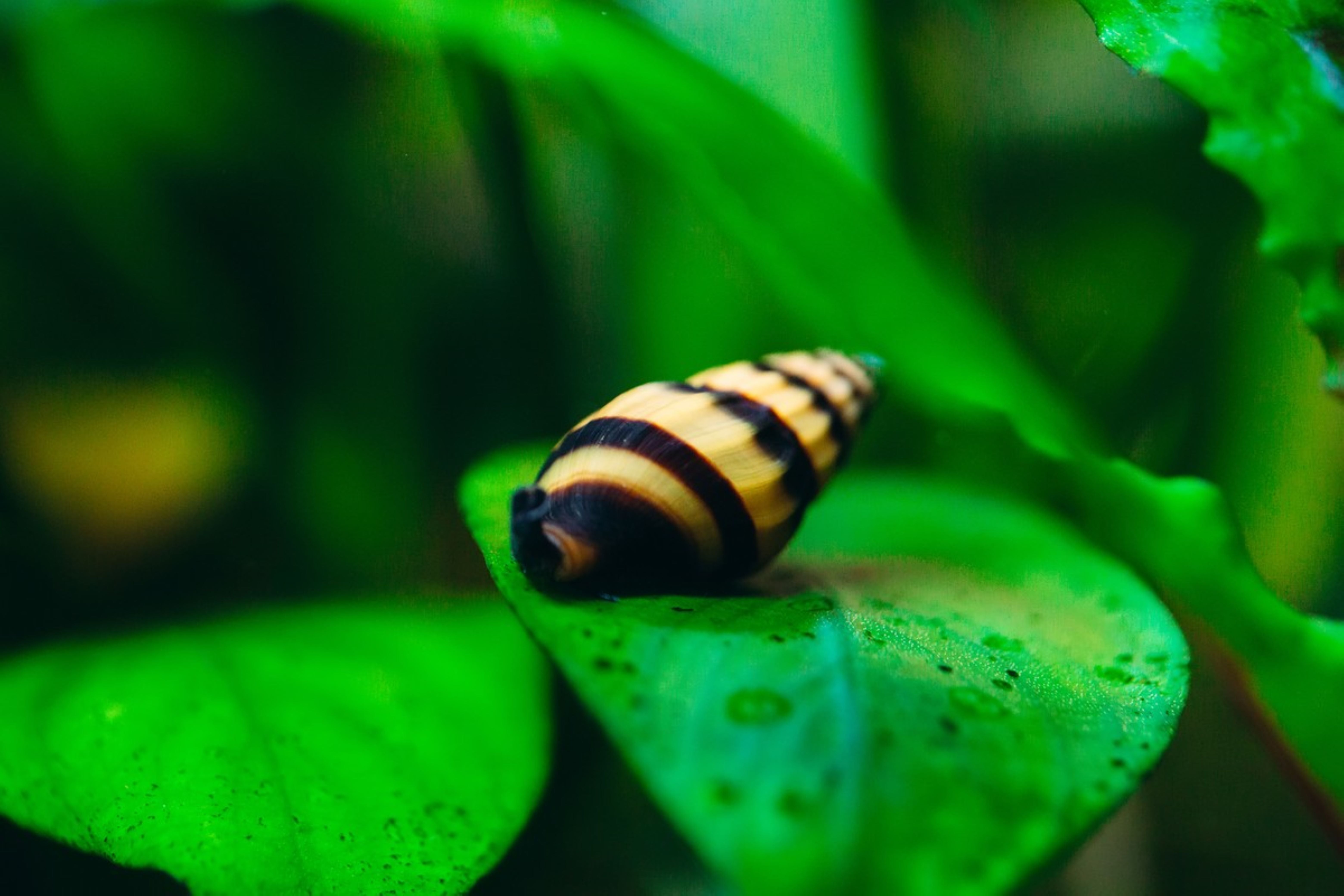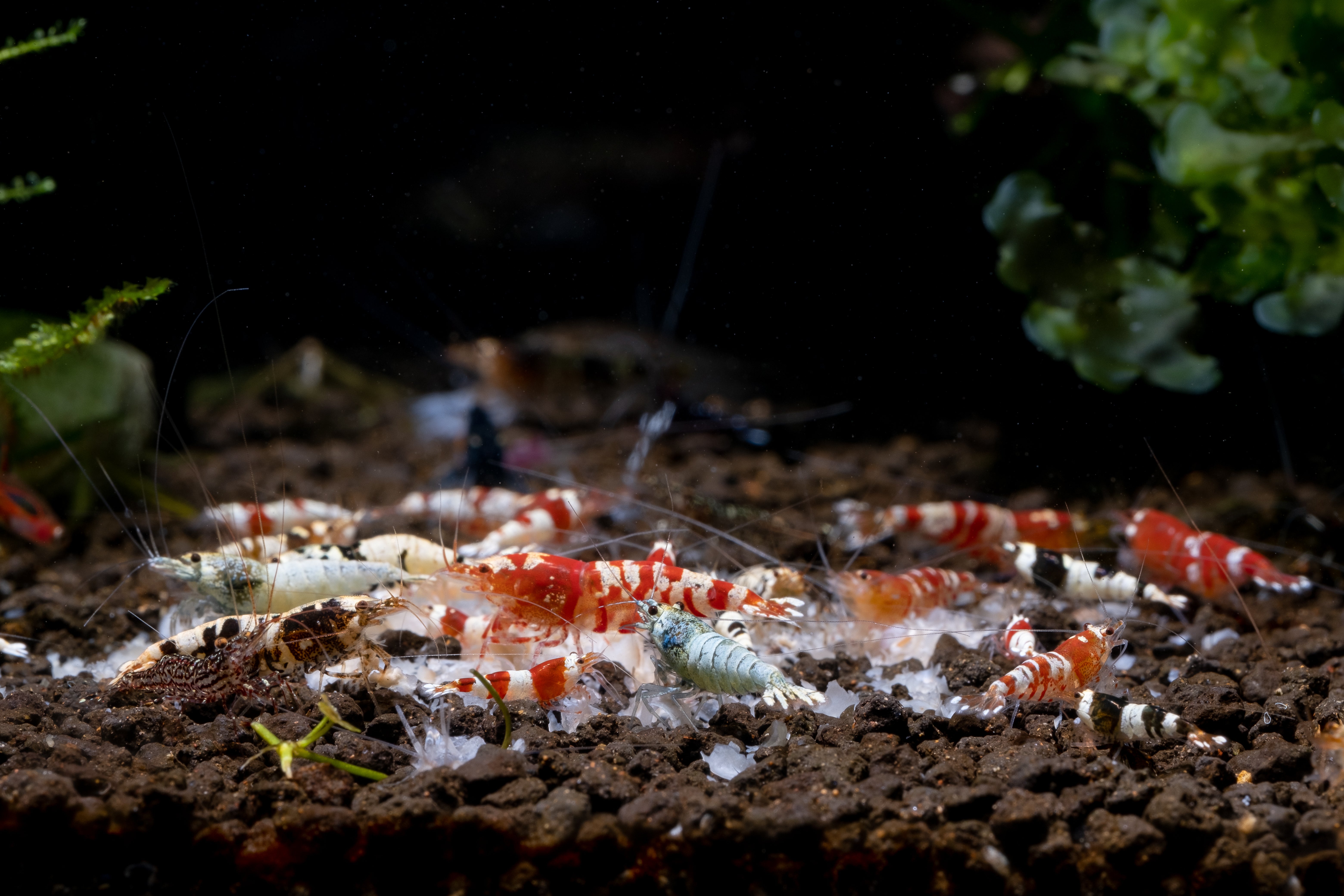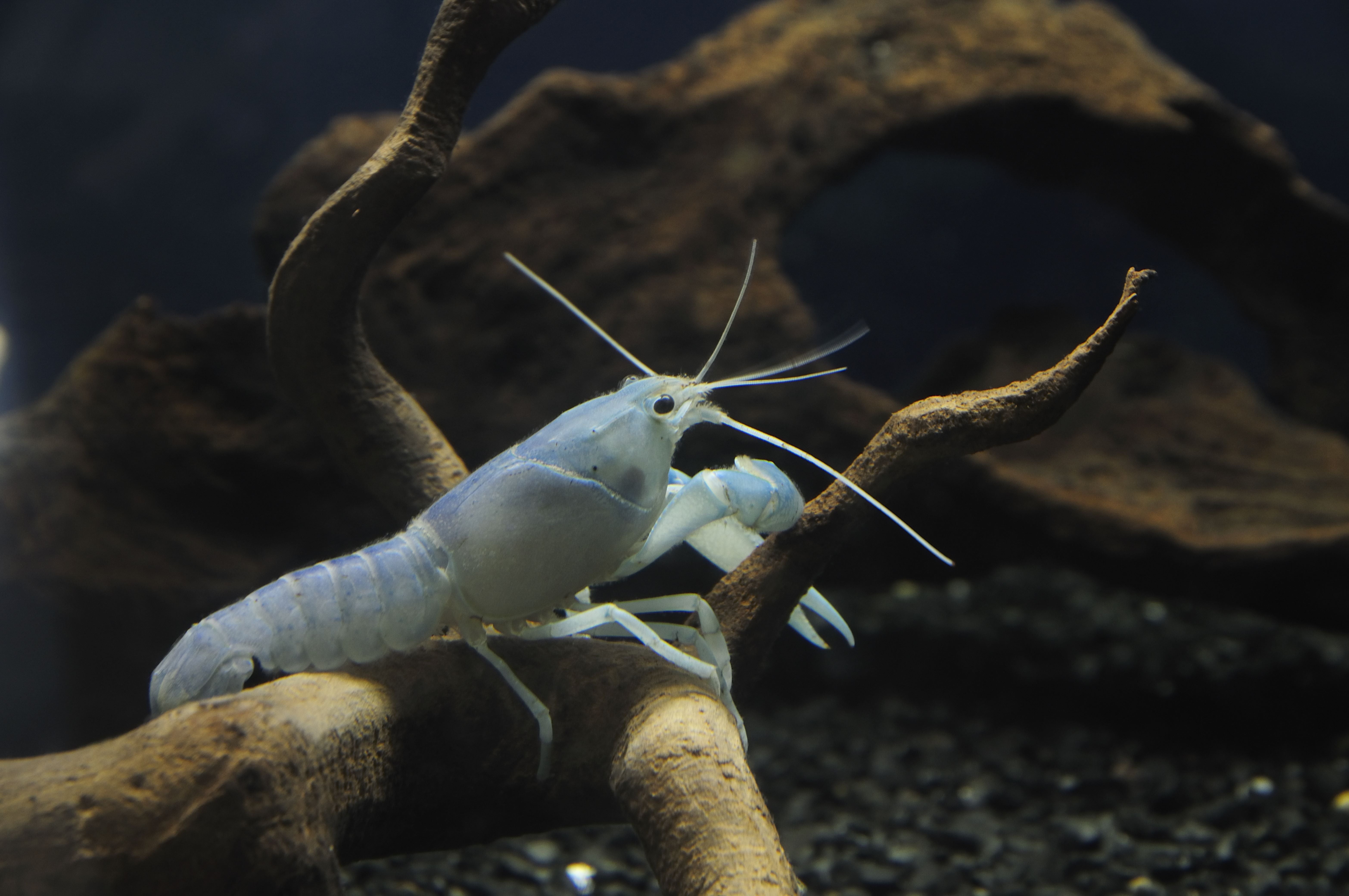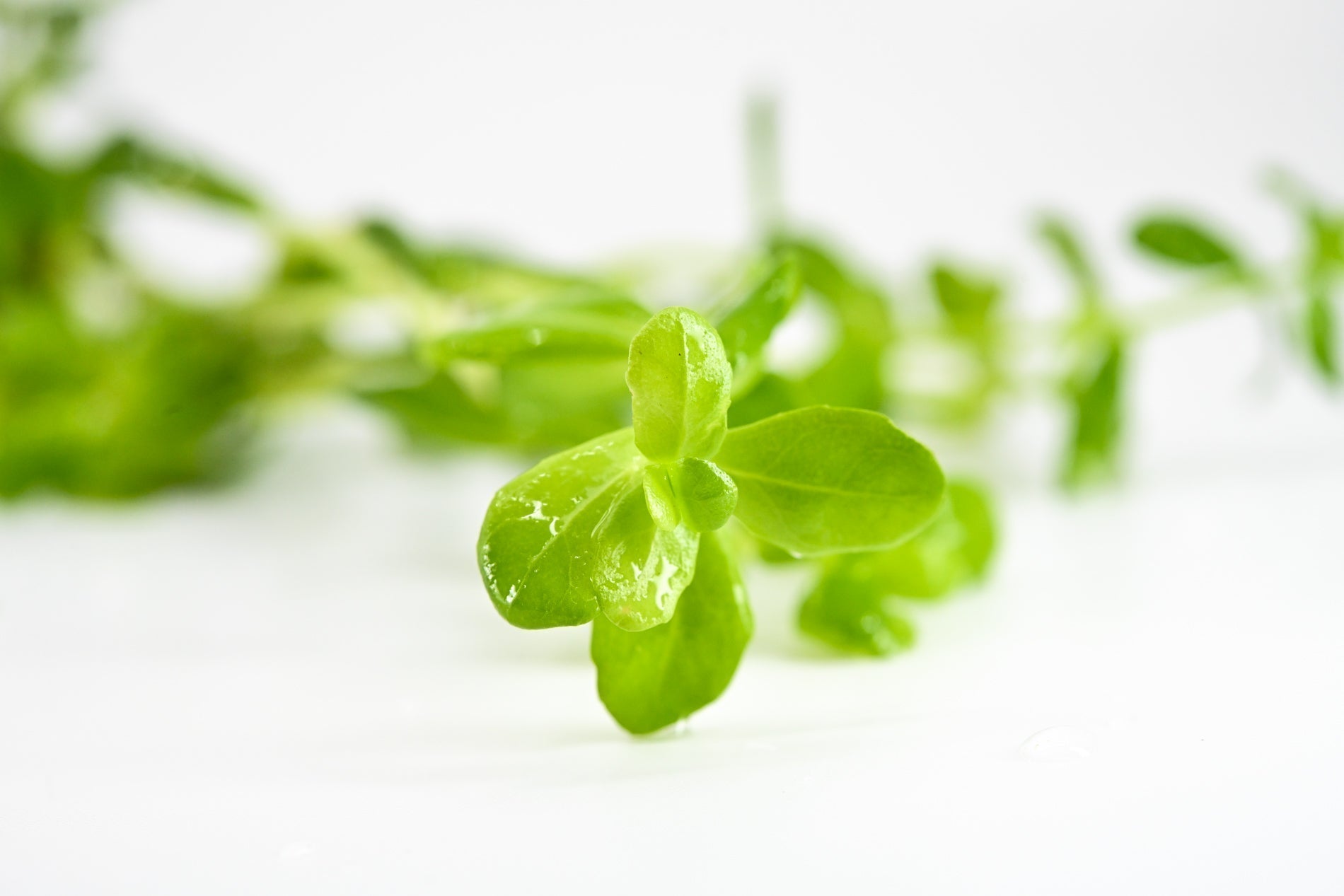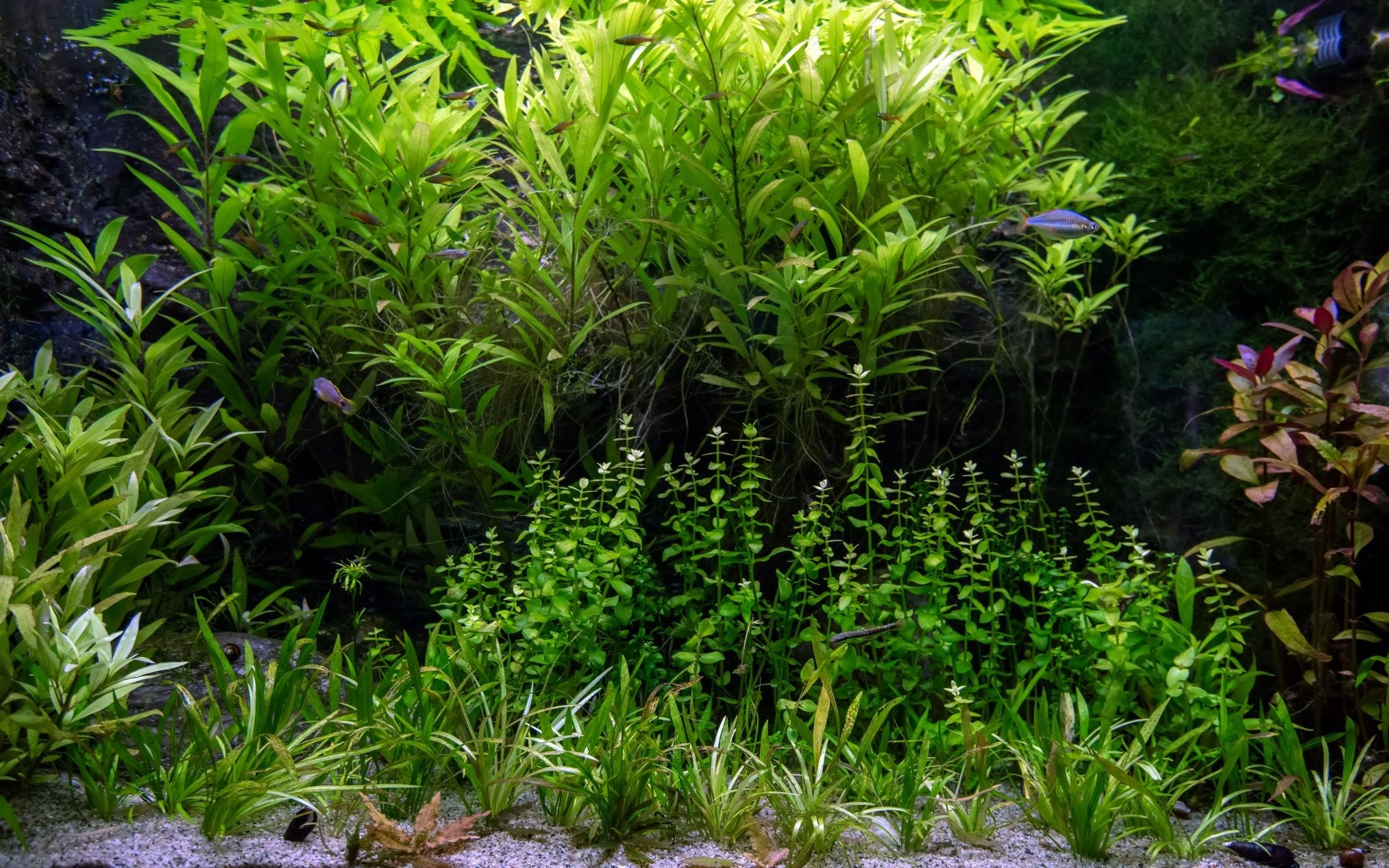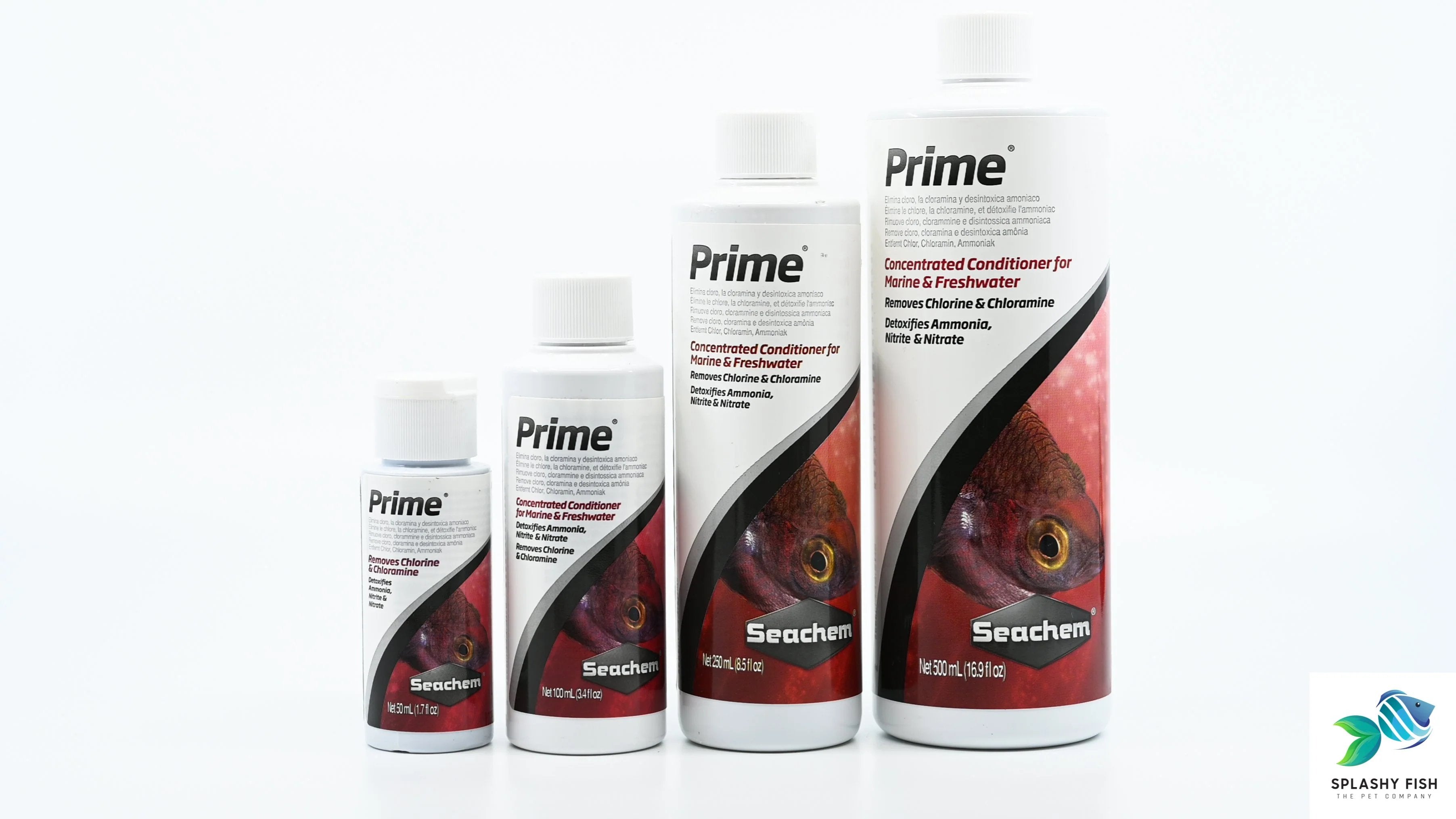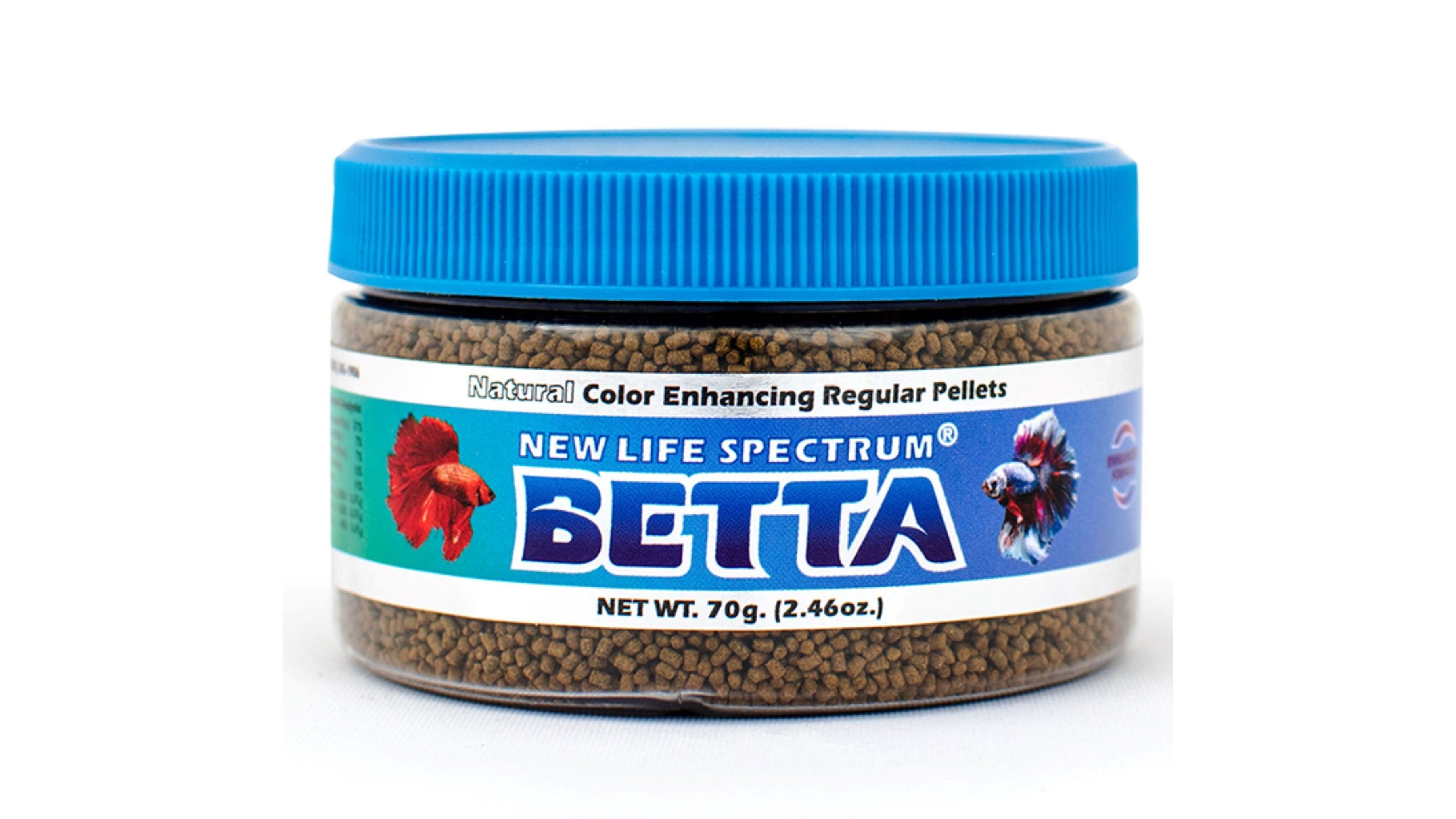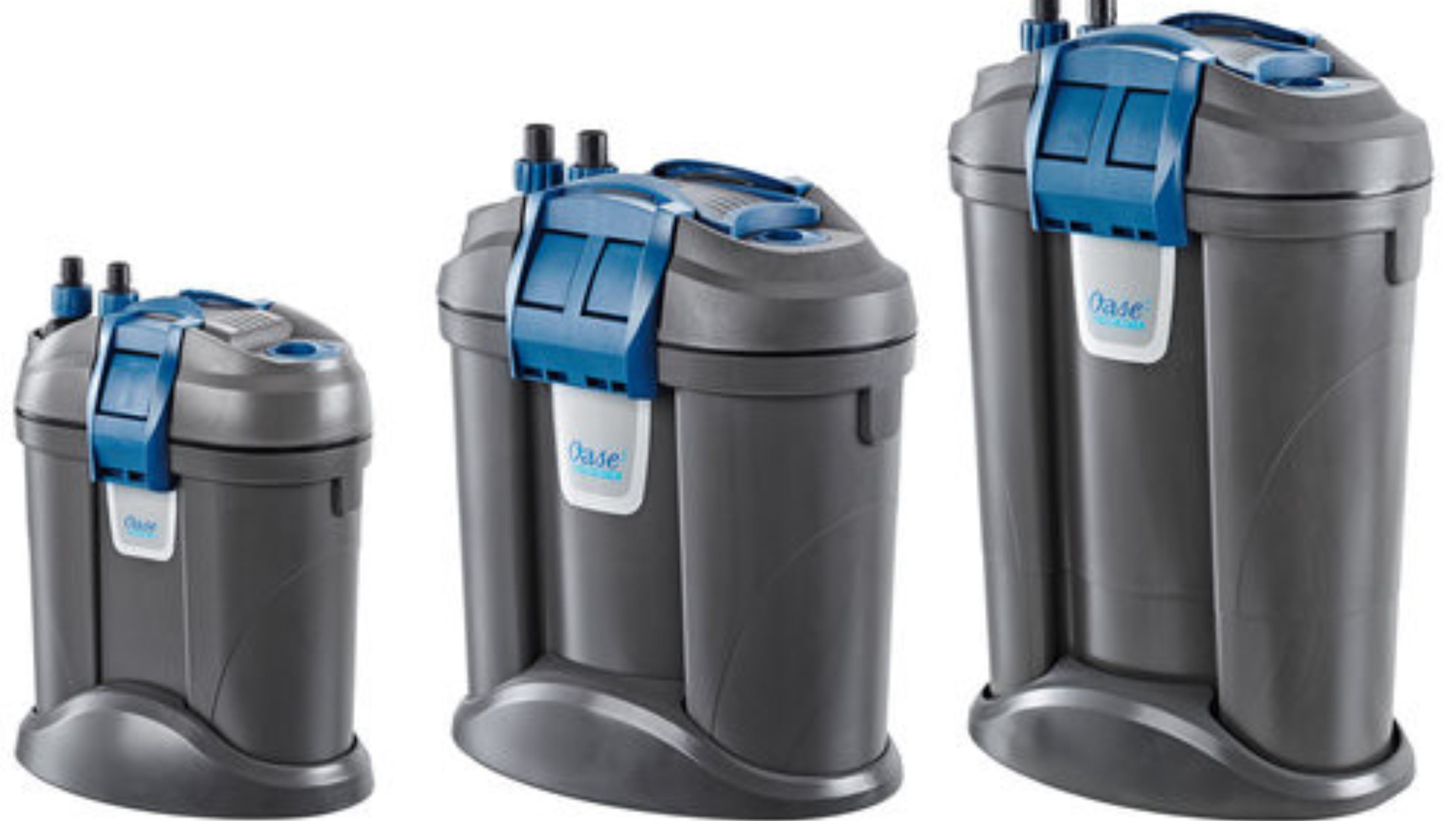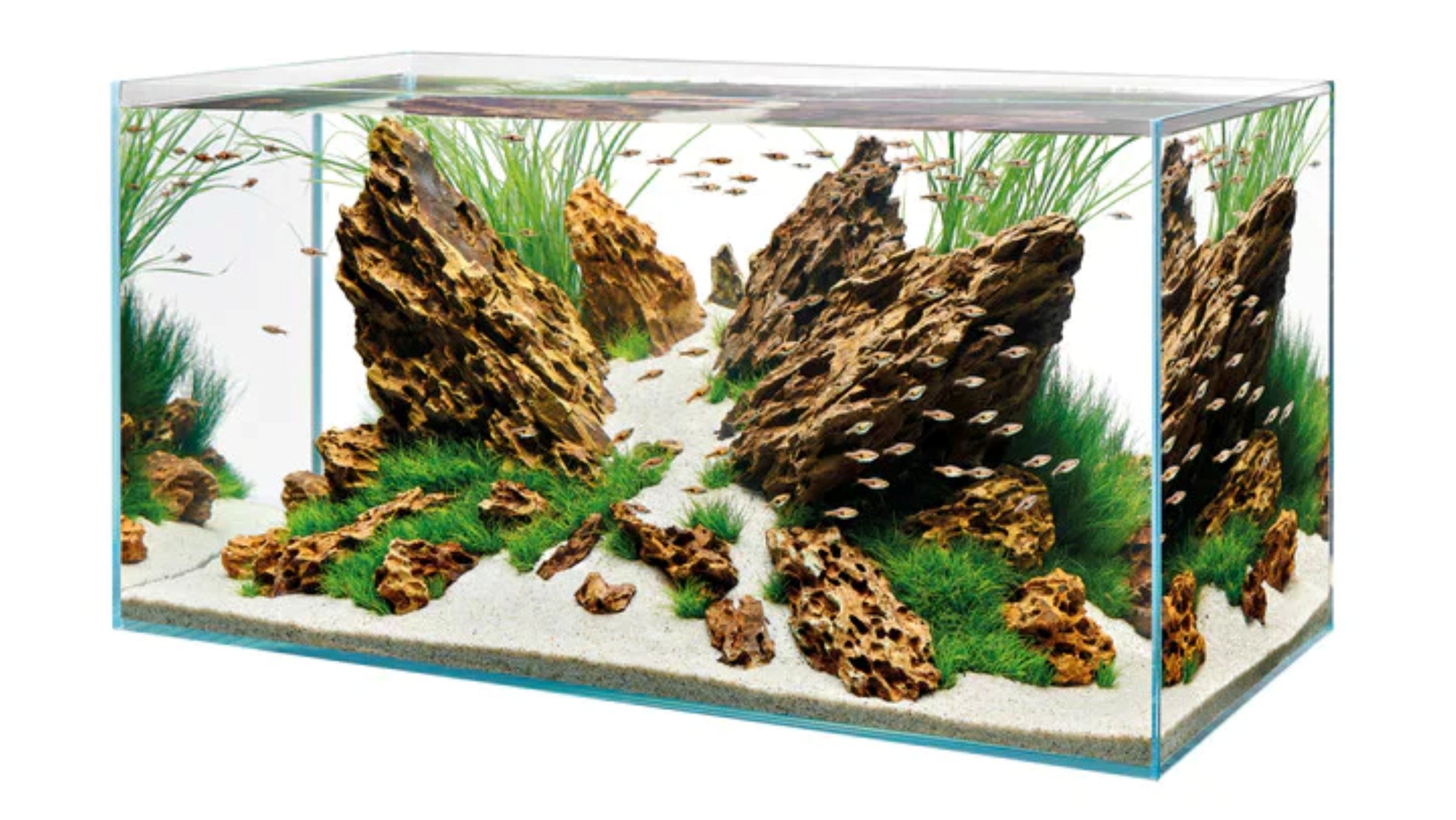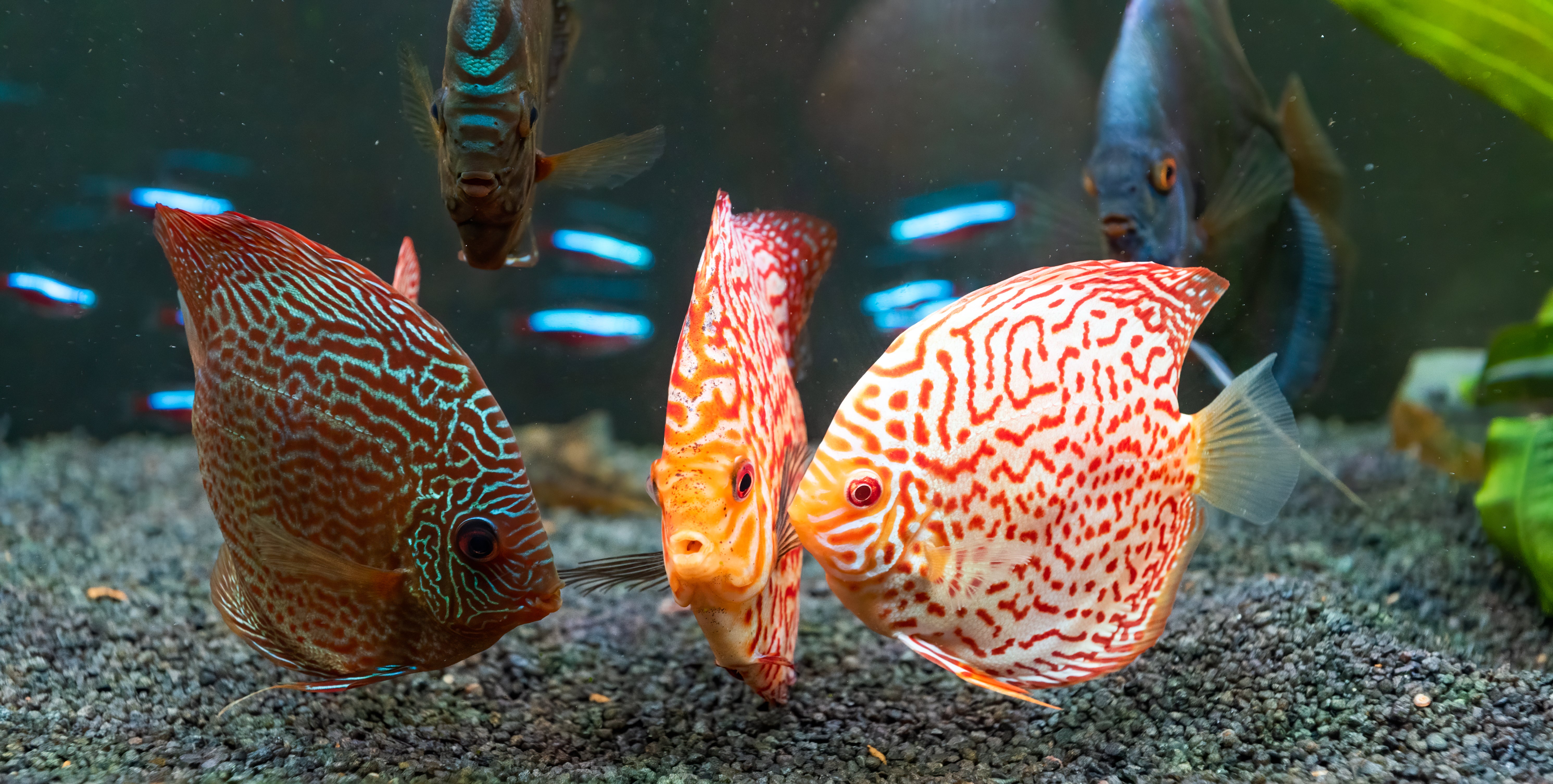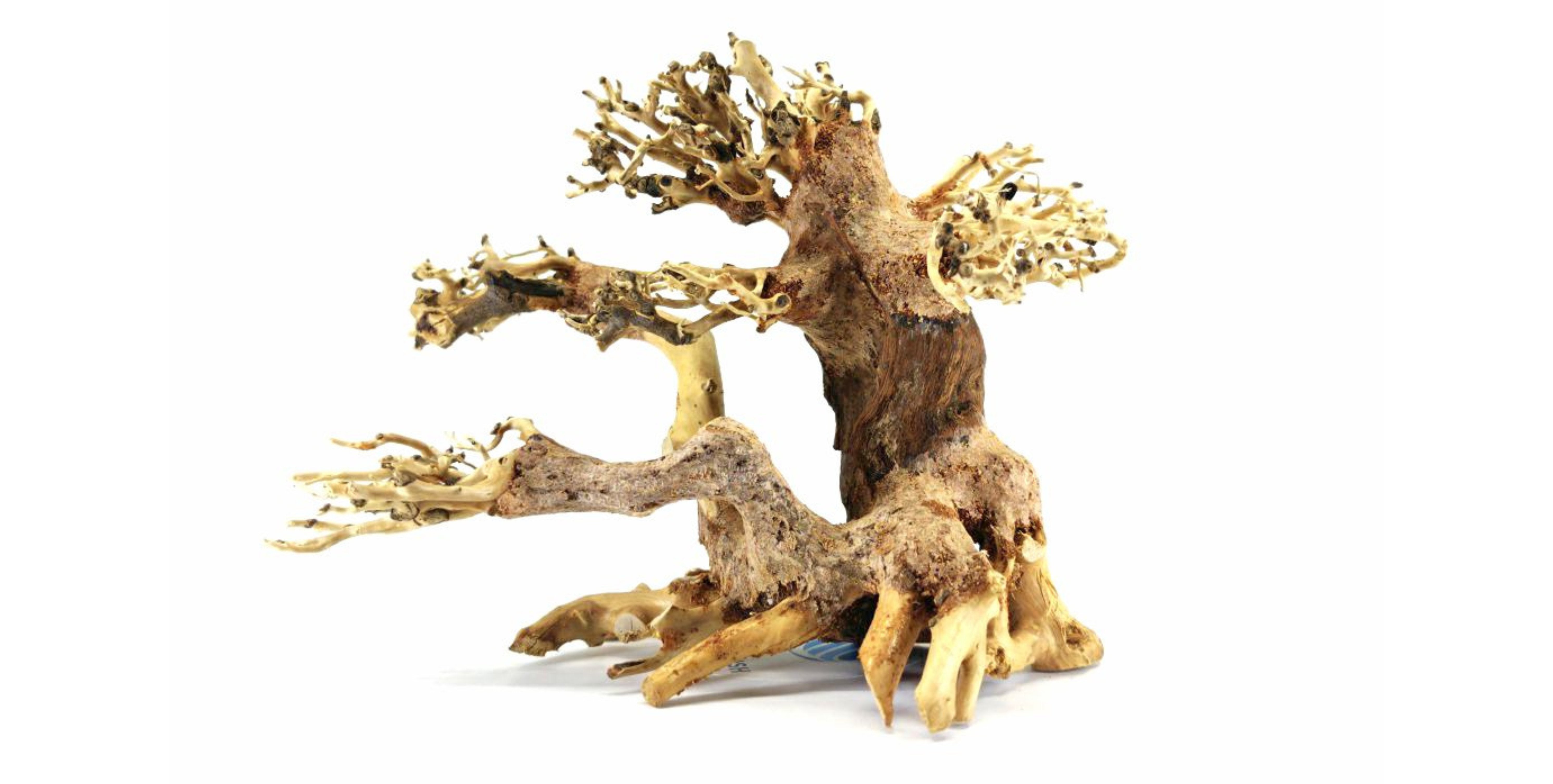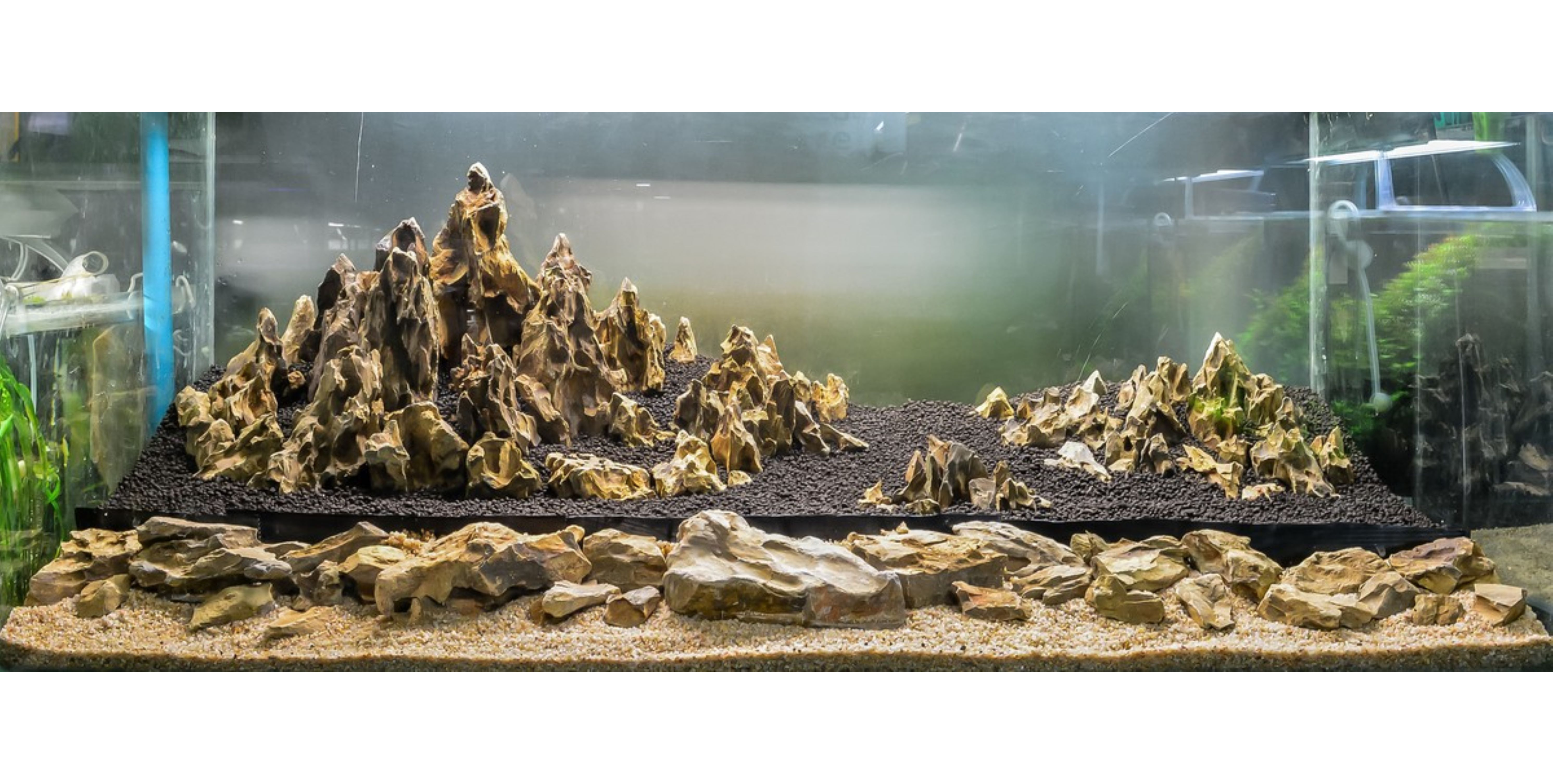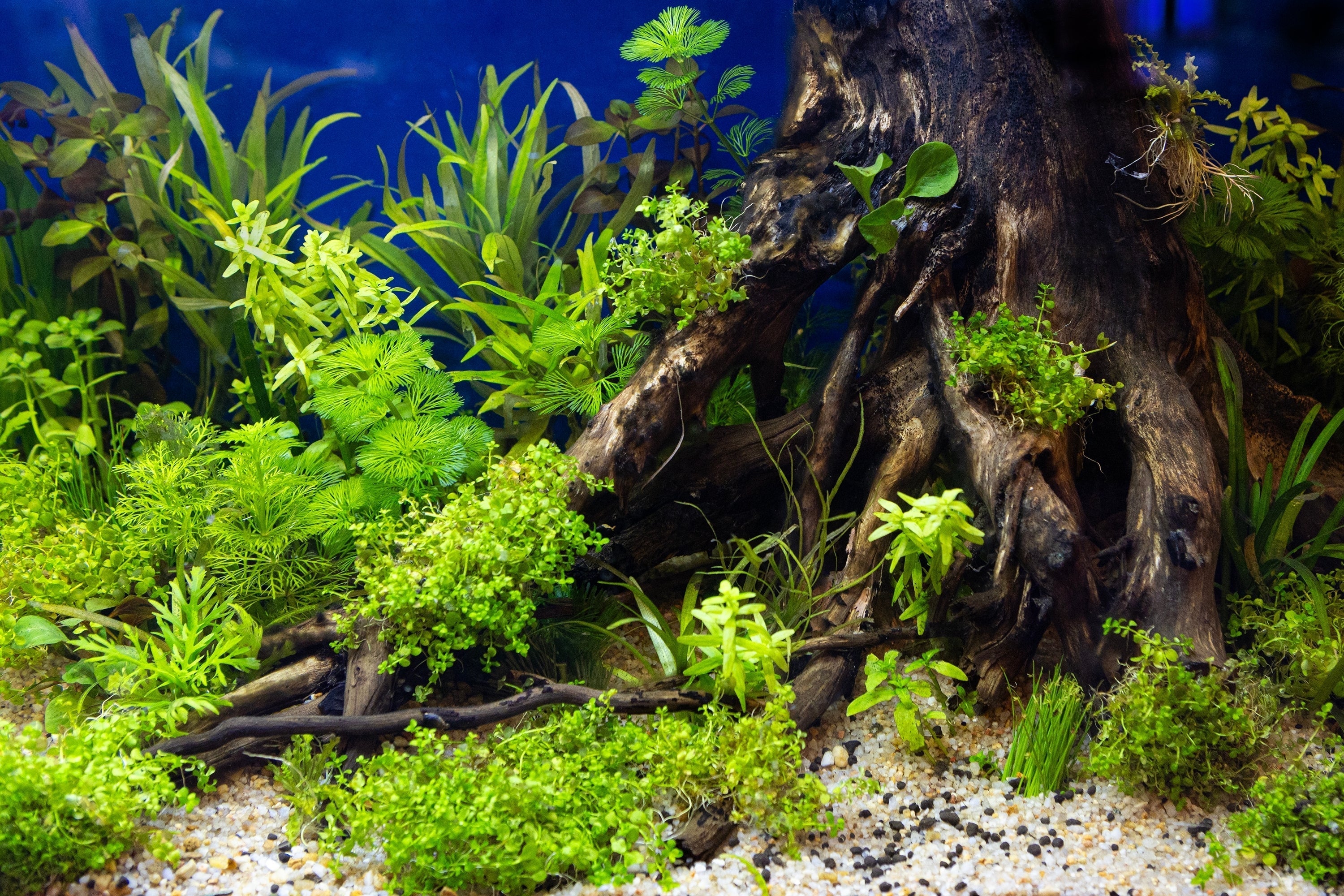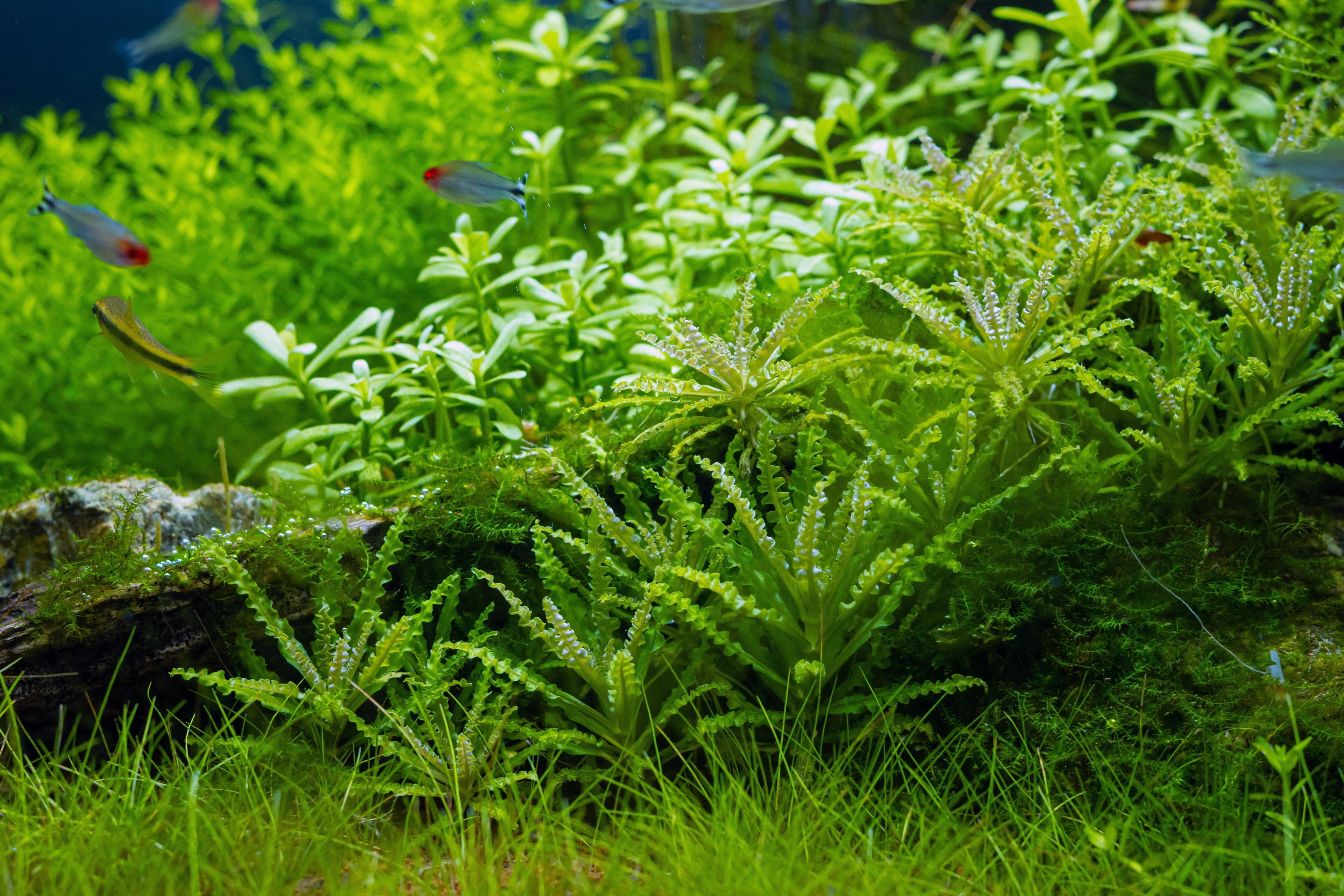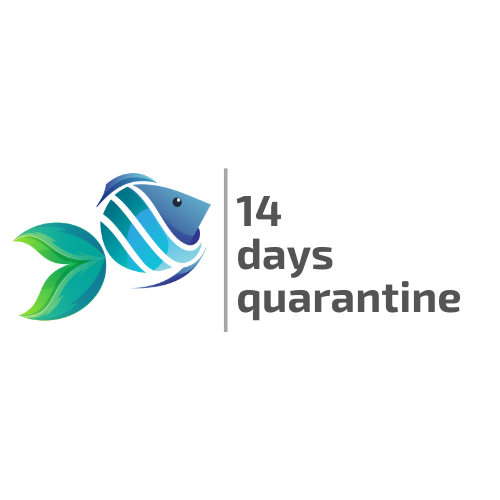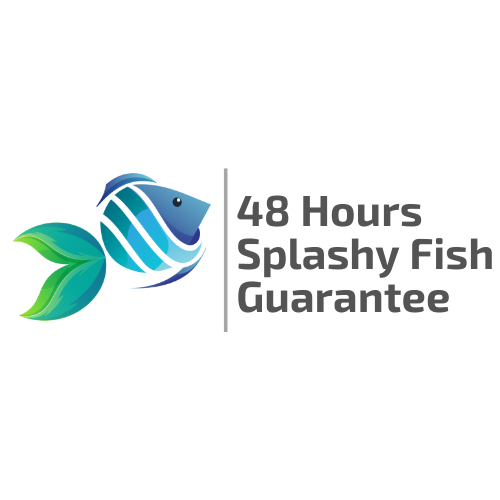Table of Contents
Successfully adding live flora transforms any fish tank into a vibrant, self‑sustaining ecosystem. Yet every plant group has its own quirks, from soil depth to mounting tricks. This all‑in‑one guide explains the nine most common categories of aquarium plants and walks through the exact steps needed to give each type a strong start.
Should the Plastic Pot Be Removed?
Most store‑bought aquarium plants arrive in a plastic basket filled with rockwool. Unless the plant is a delicate carpeting species or will live inside an Easy Planter décor, remove both pot and packing to prevent root strangulation and nutrient spikes.
- Squeeze the basket until the plant and rock wool slide out. Trim overly long roots if they are tangled in the mesh.
- Split the rock wool, gently free the crown, and pick away stubborn fibres with tweezers.
- Remove any yellow fertiliser beads hidden in the wool.
- Rinse the roots under dechlorinated water, and the plant is ready for placement.

1. Rhizome Plants
Rhizome plants, such as Anubias, Java Fern, and Bolbitis, add hardy, architectural greenery to tanks that see frequent digging or nibbling. Each species grows from a thick, horizontal stem, known as the rhizome, which stores nutrients and generates all new leaves and roots. Set this rhizome directly on driftwood or into rock crevices, securing it with a dab of aquarium-safe super glue or a loop of thread; burying the rhizome suffocates it. Within weeks, wiry roots wrap around hardscape and lock the plant firmly in place, making it nearly impossible for rambunctious fish to dislodge.
2. Sword Plants
Sword plants like Amazon Sword and Red Flame Sword are the towering centrepieces of many community tanks, renowned for broad rosettes that can breach the surface in just a few months. To plant, dig a hole roughly the length of the root bundle, lower the plant until only the white roots are buried, and gently backfill; never cover the crown where leaves emerge. A nutrient‑rich substrate or monthly root tab refresh fuels rapid leaf production; without ample iron and potassium, swords lose colour and develop pinholes.
3. Cryptocoryne
Cryptocoryne species, or Crypts, are beloved for their wavy, often copper‑toned leaves and ability to flourish under subdued lighting. Like Swords, they form a rosette, but growth is slower and stature more compact. Plant Crypts by burying only the roots, leaving the crown exposed to prevent rot. Slide a fresh root tab beneath the roots every six to eight weeks; Crypts are classic heavy‑root feeders that languish without a nutrient reservoir at their base.
4. Grass‑Like Plants
Grass‑like plants, such as Vallisneria, Dwarf Sagittaria, and Micro Sword, transform bare substrate into undulating meadows or tall, eelgrass jungles, depending on species and trim height. Begin by separating the nursery pot into individual crowns; each should have its own root bundle and a clear growing point. Insert the roots deep enough to hide all white tissue while keeping the green leaf bases just above the substrate, then press the soil firmly so currents cannot dislodge them. Space crowns 2–4 cm apart to let runners weave naturally without overcrowding.
5. Mosses
Mosses like Java Moss, Christmas Moss, or Marimo Moss Balls evoke a primeval forest vibe and provide a micron‑scaled playground where freshwater shrimp graze biofilm and fry hide from adults. Start with a walnut‑sized tuft, rinse away sediment, and press it onto driftwood, lava rock, or stainless mesh. Fasten the clump with cotton thread or a dab of cyanoacrylate gel; within four to six weeks, rhizoids anchor the moss so securely that the binding material can be removed. For instant ground cover, lay mesh sheets across bare gravel and weight them with stones until shoots knit into a continuous carpet.
6. Stem Plants
Stem plants (Bacopa, Pogostemon, Pearl Weed) are prized for their speed of growth and ease of shaping, but they need the right start to avoid floating away or melting. After removing any baskets or bands, trim the bottom inch of stem to expose fresh tissue. This encourages faster root sprouting. Using long tweezers, insert each stem at least 5–7 cm (2–3 in) into fine-grained substrate, angling slightly so that the lower leaves are not completely buried, yet the stem base is secure. Space individual stems 2–3 cm apart to ensure light penetration and to give roots room to branch.
7. Bulb Plants
Bulb species store nutrients in thick, starchy organs that fuel explosive leaf production once conditions suit them. Begin by rinsing away any loose fibres or rock wool, then set the bulb on top of the substrate where gentle flow will keep debris from settling. If buoyancy is an issue, wedge the bulb lightly beneath a piece of driftwood or between smooth river stones; never bury it completely, as this restricts oxygen and invites rot. Healthy bulbs send out roots and a leaf spear within 7–14 days. If nothing emerges after three weeks, flip the bulb to test the opposite orientation. Some popular Bulb plants include Banana Plant, Dwarf Aquarium Lily, and Tiger Lotus.
8. Carpeting Plants
Creating a living carpet across the aquarium floor is not only one of the most rewarding but also most demanding projects in planted‑tank keeping. True carpeting plant species possess minute leaves and thread‑like roots that anchor poorly at first, making them prone to float. For best results, leave the plant in its original rock‑wool plug, insert a nutrient‑rich root tab deep into the centre, and bury the plug so its top sits flush with the substrate. The wool shields fragile roots until they can penetrate surrounding gravel, while the tab fuels rapid runner production. Gardeners aiming for faster coverage can divide the plug into four to six thumb‑sized chunks and space them a few inches apart; each section will radiate sideways, knitting together within weeks under strong light and steady CO₂. Popular carpeting species include Monte Carlo, Dwarf Baby Tears, etc.
9. Floating Plants (Frogbit, Dwarf Water Lettuce, Duckweed)
Floating species like Amazon Frogbit, Dwarf Water Lettuce, Duckweed, and more offer instant nutrient export and a natural shading canopy, but their rapid spread demands mindful husbandry. Simply place healthy floaters on the surface; strong, overhead light and a gentle, circular current will keep roots oxygenated and leaves dry on top. Avoid splash or spray, which can waterlog rosettes and cause melt. Dose a balanced liquid fertiliser to replace minerals stripped from the water by fast growth, and observe root length. Long and white tendrils signal good health and efficient nitrate uptake.
10. Water Sprite
Often sold as “water fern,” Ceratopteris thalictroides is a lightning-fast grower that works either planted or floating. When rooted, press the lower stems into fine substrate, but leave the crown exposed so new fronds can fan out. Kept free-floating, its feathery leaves spread across the surface, soaking up excess nutrients and providing shade for timid fish. As the plant matures, daughter plantlets form at the tips of older leaves; simply pinch them off and replant elsewhere. A bright light source and regular liquid fertiliser keep the foliage lime-green, while occasional thinning prevents it from blanketing the tank.
Final Tips
Successful plant care rests on three pillars: suitable substrate, balanced nutrition, and consistent lighting. Fine‑grained soils rich in iron and trace minerals jump‑start root feeders such as swords and crypts, while inert gravel paired with regular root tabs sustains heavy feeders over the long haul. Pair any substrate with an all‑in‑one liquid fertiliser to supply water‑column species and replenish micronutrients lost to plant uptake and water changes.


